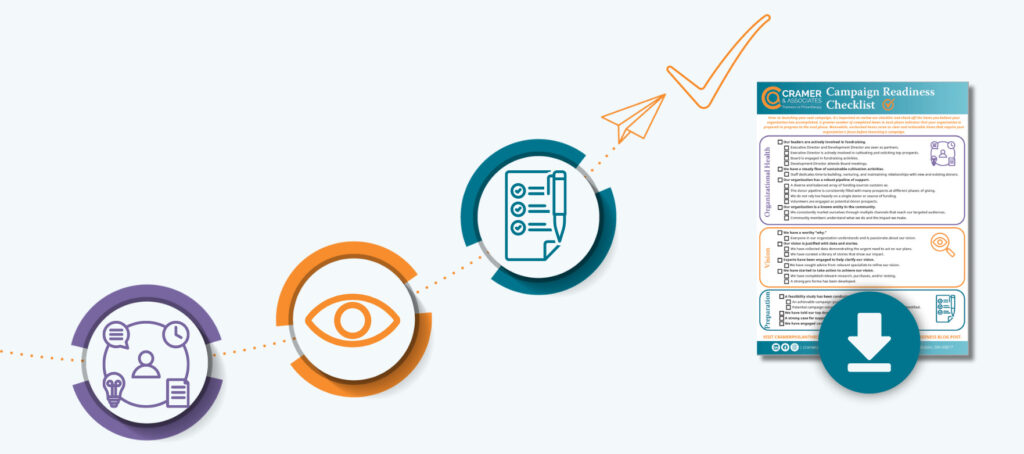Dawn Robinson, CFRE, Vice President
Recently I’ve been thinking about the values of belief, belonging, and trust—how they shape our lives, and especially how they shape our giving habits. As human beings, we are hard-wired to bond socially, to work towards something greater than ourselves, and to seek out leaders we can rely on. These traits shape our identity and guide us throughout our life.
Strong relationships between donors and nonprofits are built on belief, belonging, and trust. Every fundraiser aims to develop lasting connections with donors that bring great rewards over time. By prioritizing these qualities in your interactions with donors, you can help your organization thrive and prosper.
It seems simple, but many nonprofits sometimes struggle to inspire donors to become part of the community behind their mission. So how can fundraisers course-correct? How can you make giving to your organization part of a donor’s identity?
Let’s take a closer look at these three values and the roles they play.
Believing
It doesn’t matter if a gift is $25, $2,500 or $25,000—all donors want to believe they are making an impact. And if you are always asking your donors for money, they might start to think you are not being good stewards of their past donations. Donors have also expressed this to us time and time again:
“I can’t fund everyone. I need to see how my donations are making an impact.”
“I feel like I’m an ATM and organizations only come to me when they need to withdraw some cash.”
We recommend the 3-to-1 formula. Before each appeal, send three communications that expressed the impact of their last gift. For example, if a donor gives you a $500 donation, the very next correspondence to them must be a sincere handwritten thank you note with a short story about how that $500 will impact your mission. Thirty to forty-five days later, send an email with a heartfelt story about a client, volunteer, or front-line worker in your organization—and do not ask them for another donation! A month later, share another story.
Repeating this stewardship process reinforces the positive impact of giving and increases donor loyalty.
Belonging
Donors want to feel like they belong to something bigger. They should not have to wait to see their name listed in your annual report to feel like they are part of a community that cares. So how can you make them feel welcomed and valued?
If you have a great e-marketing program, a first-time donor should receive a series of three to five stewardship emails within 100 days of their first donation. And none of these should be another request for money! One of the emails should inquire about why they choose to give to your organization:
With so many organizations out there, what drew you to ours?
What programs or initiatives would you like your donations to fund in the future?
These kinds of questions pull a donor closer into your mission and remind them that they play a key role in the success of the organization—not just with their monetary gifts, but with their input. Show them that they are part of a community that values their voice.
Trust
In June, our team heard a key philanthropic leader speak to a crowd of nonprofit fundraisers. They spoke to the development directors in the room: “Raise your hand if you believe your donors know your executive director.” Very few hands went up. They went on to say, “I am not discounting any of your missions, but if donors do not know your leader it will be much harder for you to raise money!” This is so, so true!
People don’t give to missions—they give to people they like and trust. Donors must know who is steering the ship, and they must trust this leader. If your executive director tells you, “I’m just not comfortable making an ask,” or, “visiting with donors is your job,” know that your job just got a lot harder. Humility is a great quality in a leader, but not in this case!
Part of your job is to portray your executive director as the ultimate spokesperson for your organization. The ED’s role in fundraising goes beyond cultivating and soliciting major donors and transformational gifts. We believe end-of-year appeal letters and emails should include their name and signature. Donors should see the ED as the driver behind innovative ideas that inspire generosity. But your leader might need coaching and encouragement to be truly comfortable in that role.
How do belief, belonging, and trust manifest in your day-to-day fundraising? Is your organization creating a community of donors who believe in your mission and trust your leader? Or are obstacles keeping you from making that community a reality? Our team would love to hear from you and learn more about how we can help you integrate these values into your fundraising plans.






